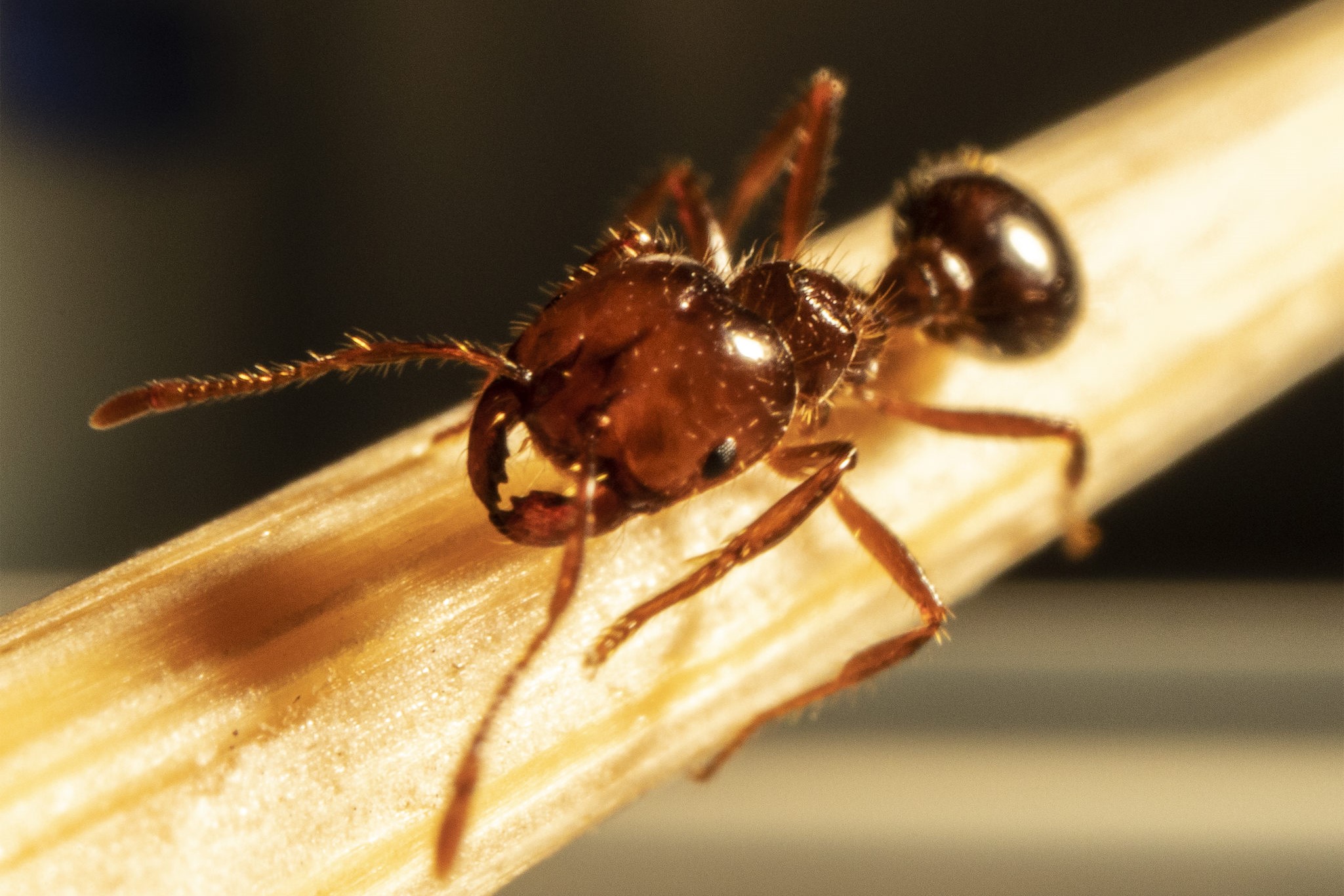Fire ant nests have been discovered in another location outside the eradication program’s containment boundary.
A member of the public reported a nest at Cedarton, west of Beerwah, on Wednesday, March 26.
National Fire Ant Eradication Program officers responded and three nests were treated using direct nest injection.
The NFAEP issued a media release stating that eradication activities, including intensive treatment and surveillance, will occur to protect the area and ensure no undetected fire ants remain.
“Fire ant detections outside our program’s containment boundary do happen from time to time, and our program has procedures in place to manage them,” it stated.
Want more free local news? Follow Sunshine Coast News on Facebook, LinkedIn and Instagram, and sign up for our FREE daily news email.
Outlier nests were last year detected on the Sunshine Coast for the first time in at least four years, when they were found at Nirimba, Banya and Currimundi. They were then discovered at North Arm, which is the most northern sighting, in January.
The NFAEP encouraged locals to be vigilant.
“Residents and businesses in Cedarton and surrounding area, are urged to look for and report suspect ants and nests online at fireants.org.au or by calling 132 ANT (13 22 68),” the group said.
“Eradicating fire ants requires a whole-of-community approach.

“We need everyone to look for and report fire ants, allow our teams property access to conduct eradication activities, and take steps to prevent the spread of this invasive super pest.
“Compliance checks and tracing of materials that can carry fire ants in Cedarton and the surrounding area will help determine the source of the fire ants.
“Residents and businesses in the area are encouraged to immediately check their properties and local area for suspect ants or nests.
Related story: $24m for battle against fire ants
“Fire ants are copper brown in colour and have a darker abdomen. They measure 2 to 6 mm in length, with a variety of sizes found in each nest.
“Fire ant nests appear as mounds or patches of loose soil, with no clear entry or exit holes.
“Fire ants can hitch rides in materials that can carry fire ants, such as soil, hay, mulch, manure, quarry materials, turf, and potted plants. Human-assisted movement is the biggest risk to their spread.”
Visit fireants.org.au for more information.





